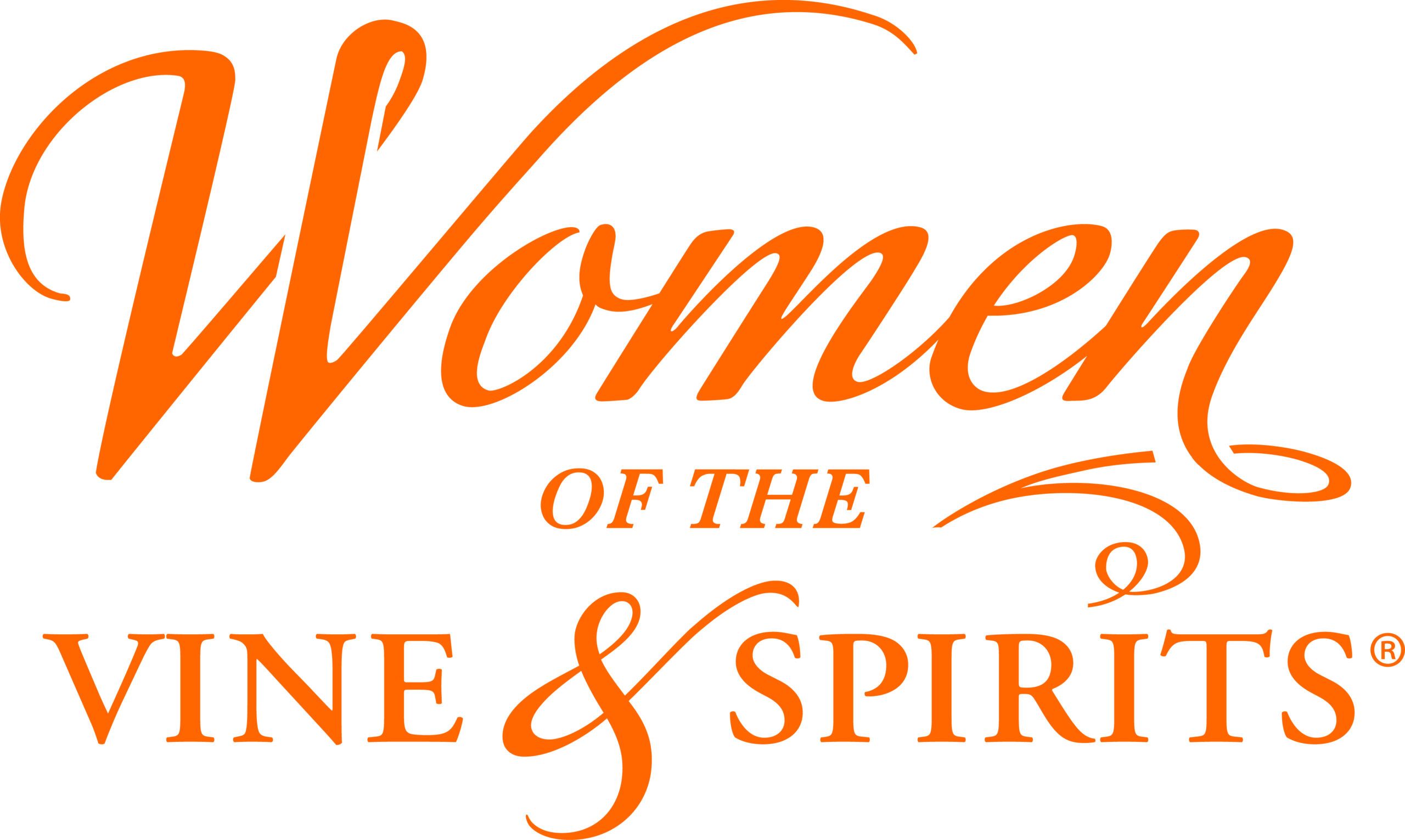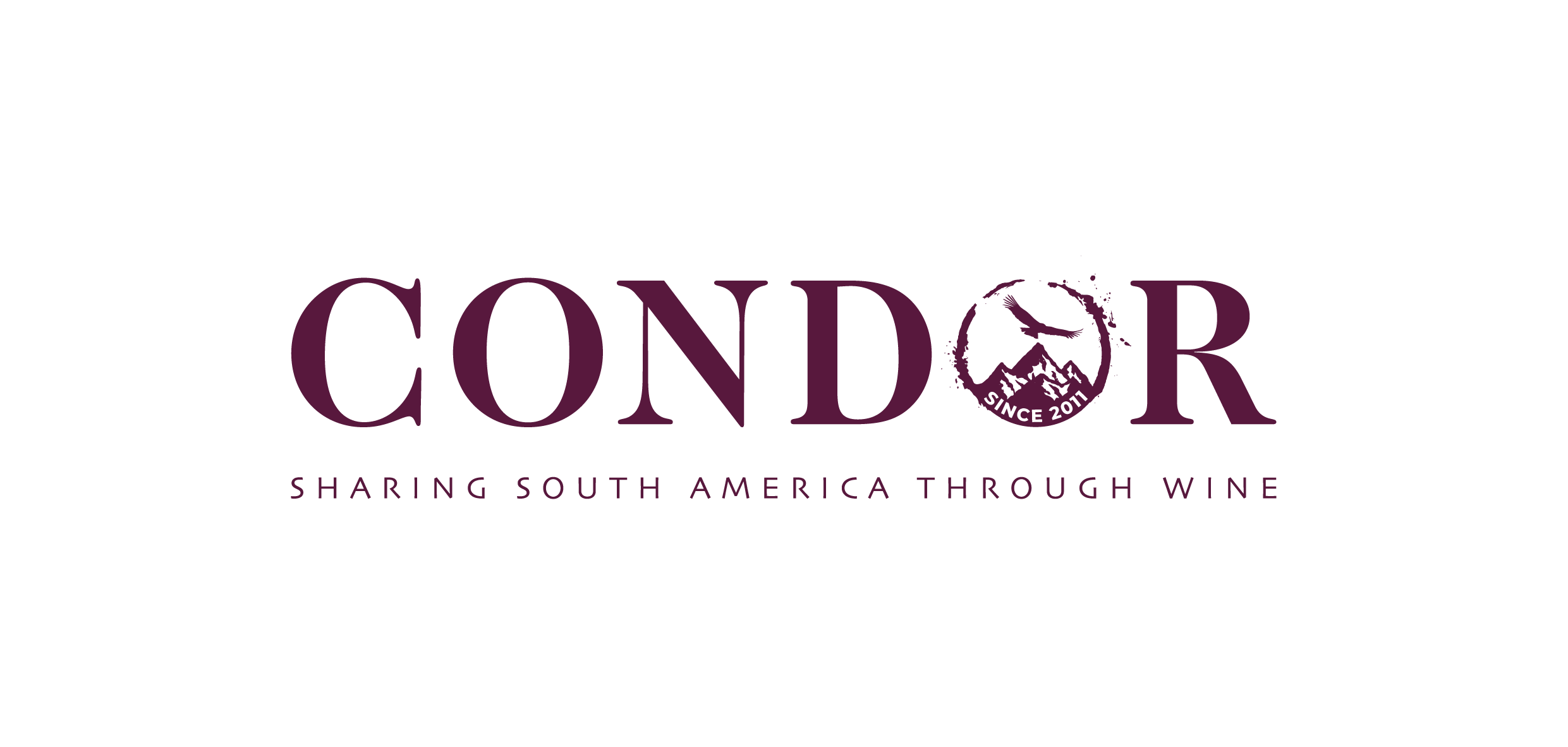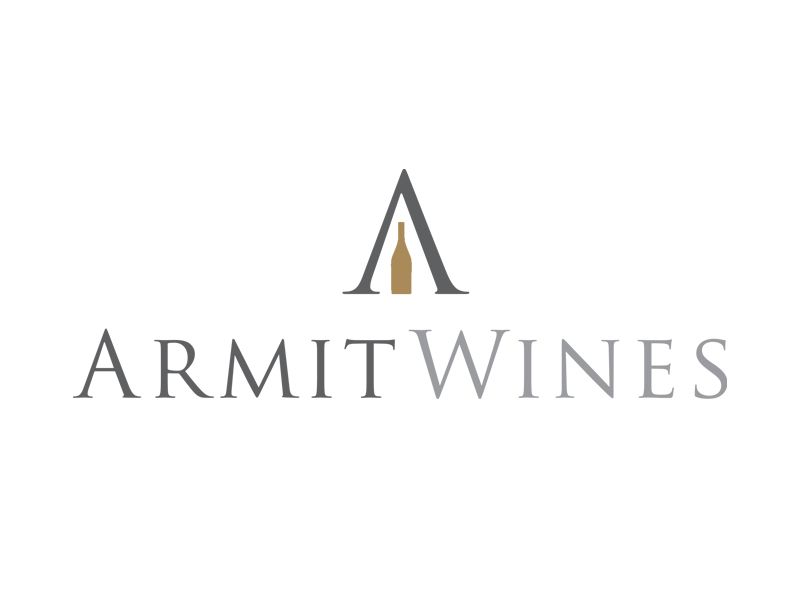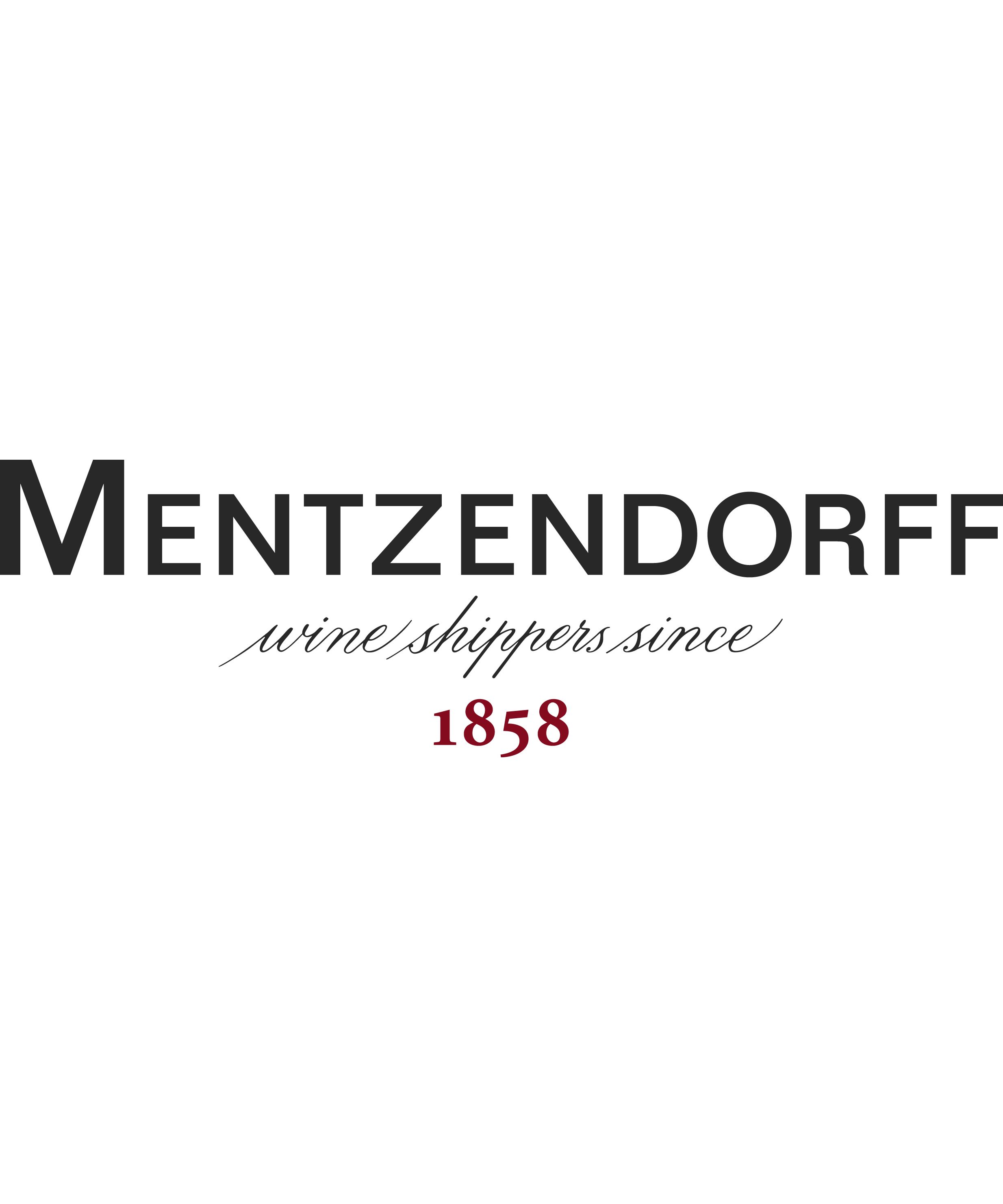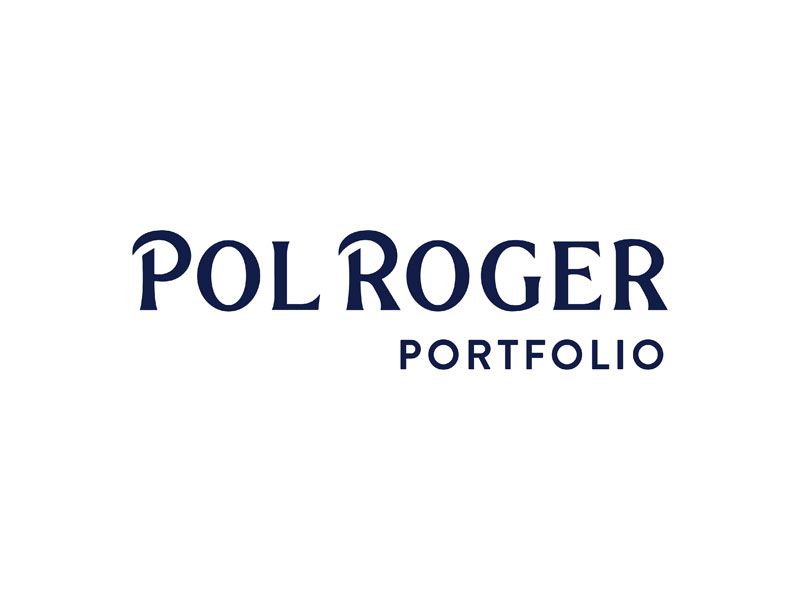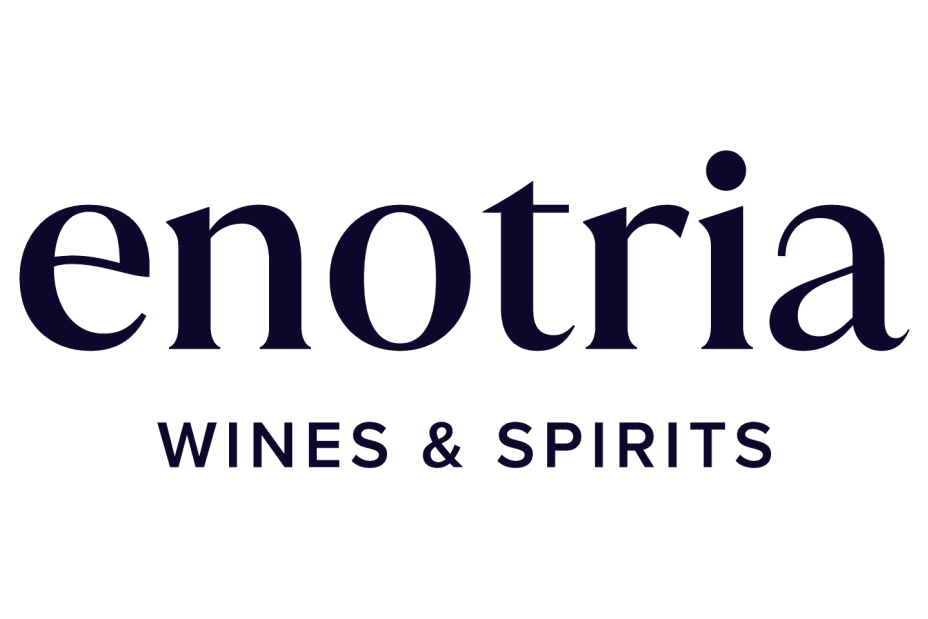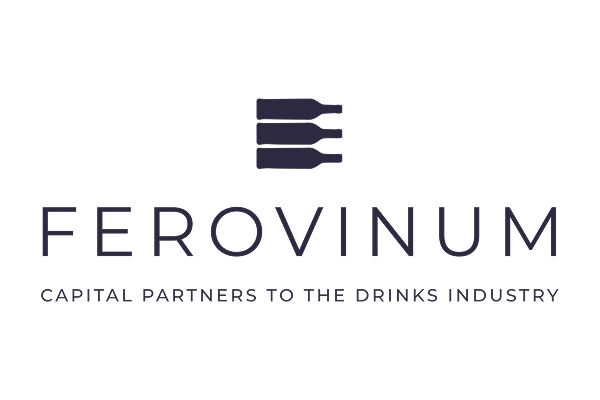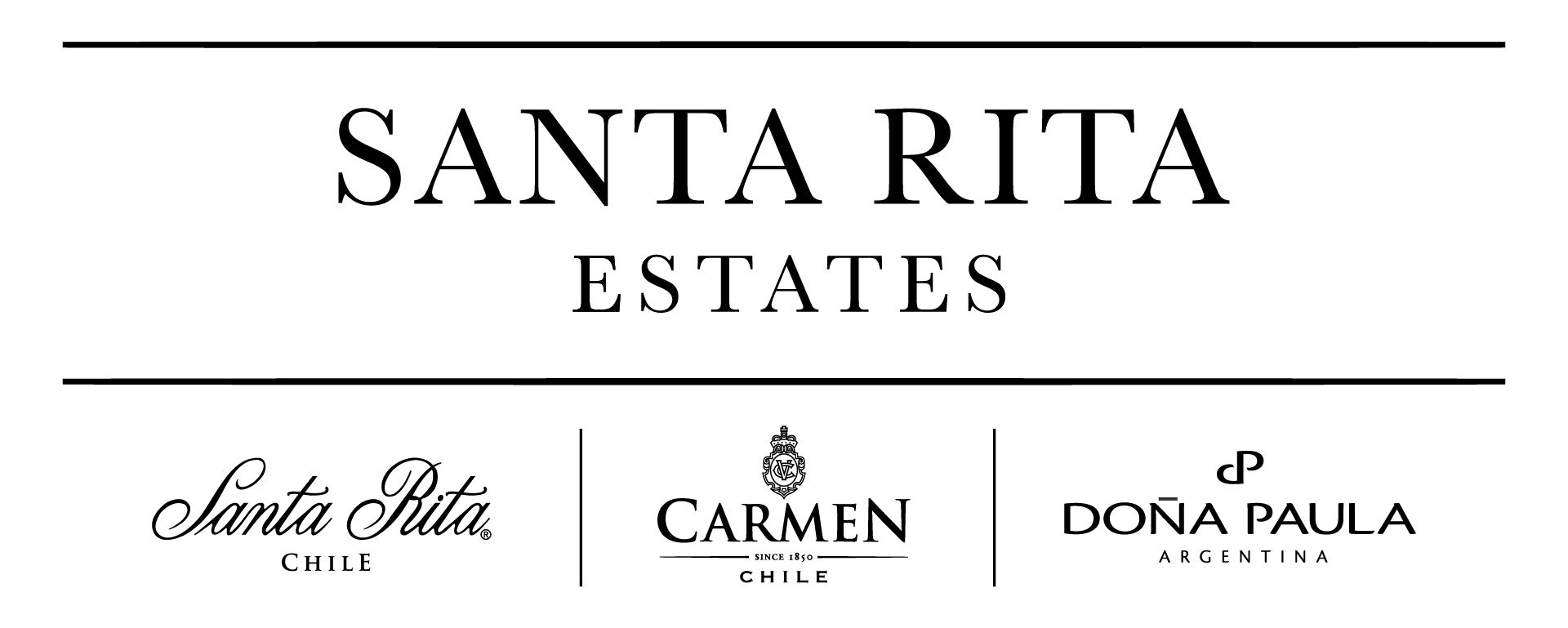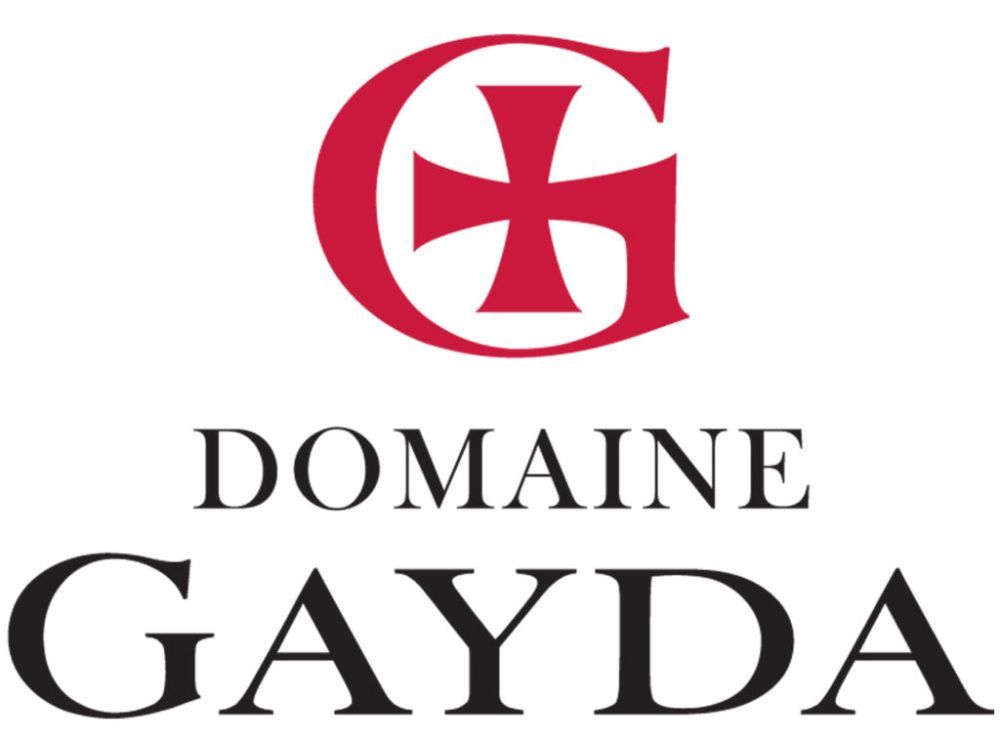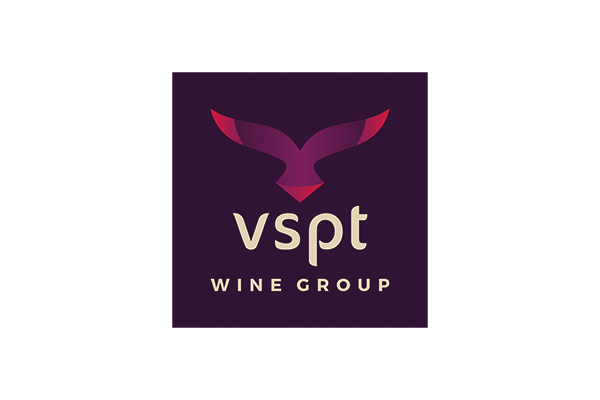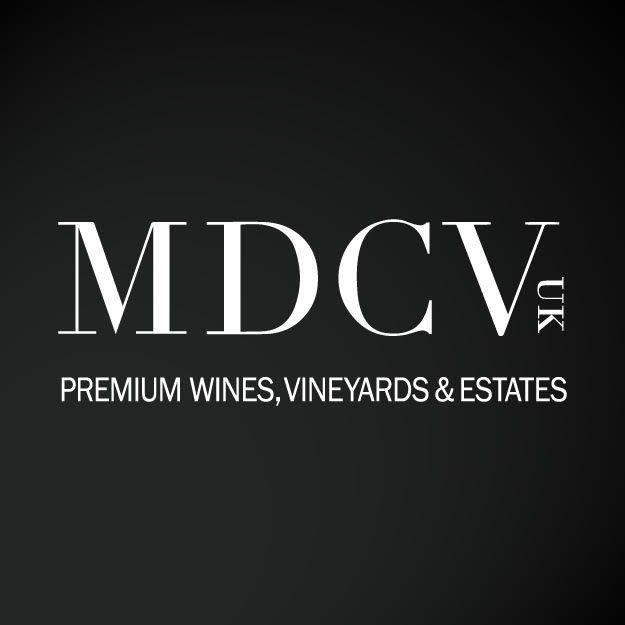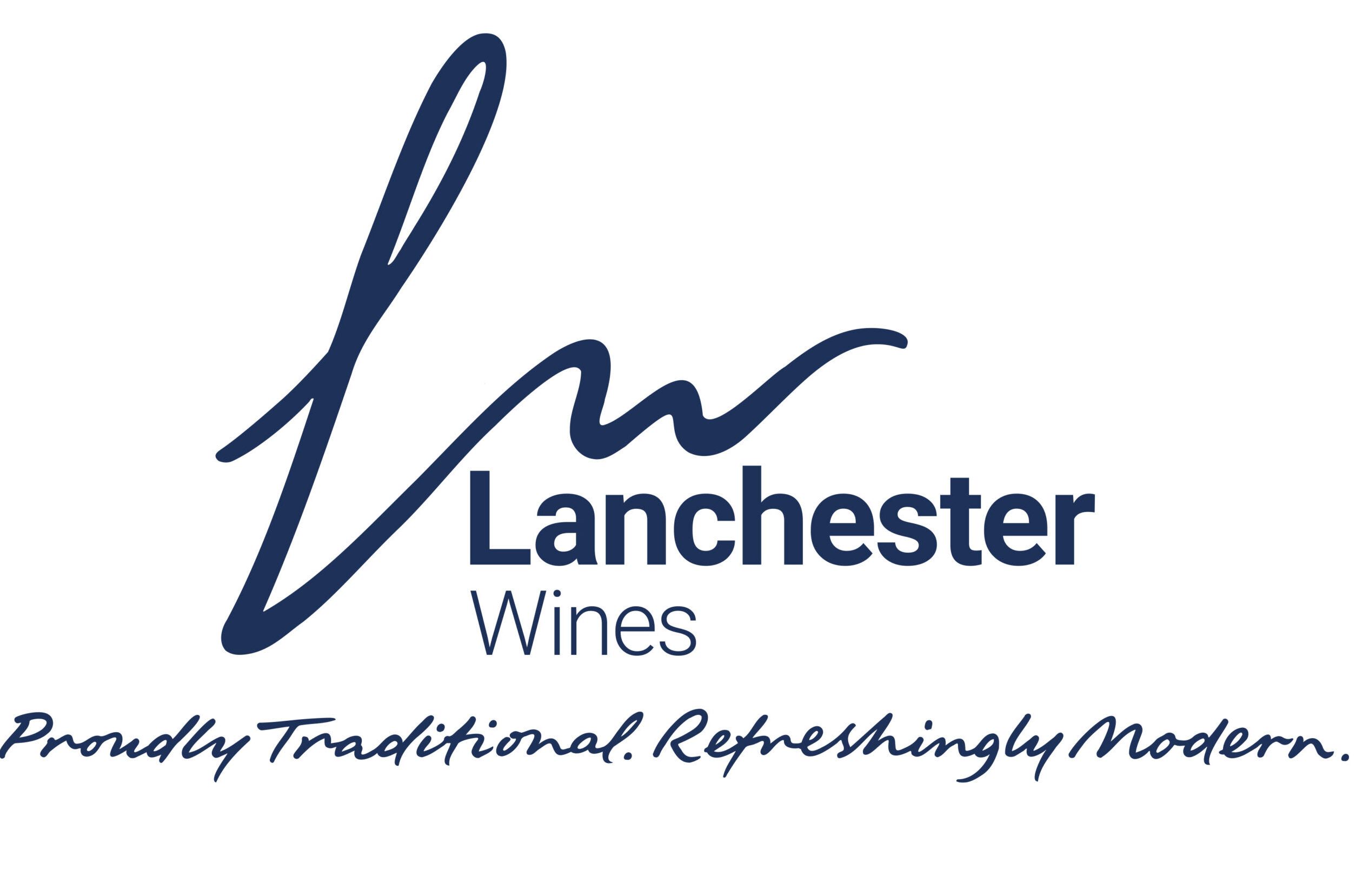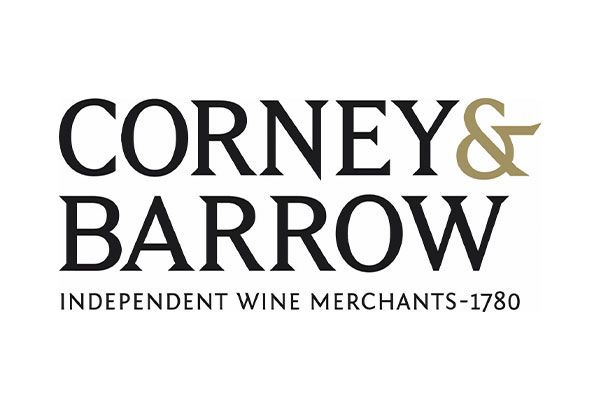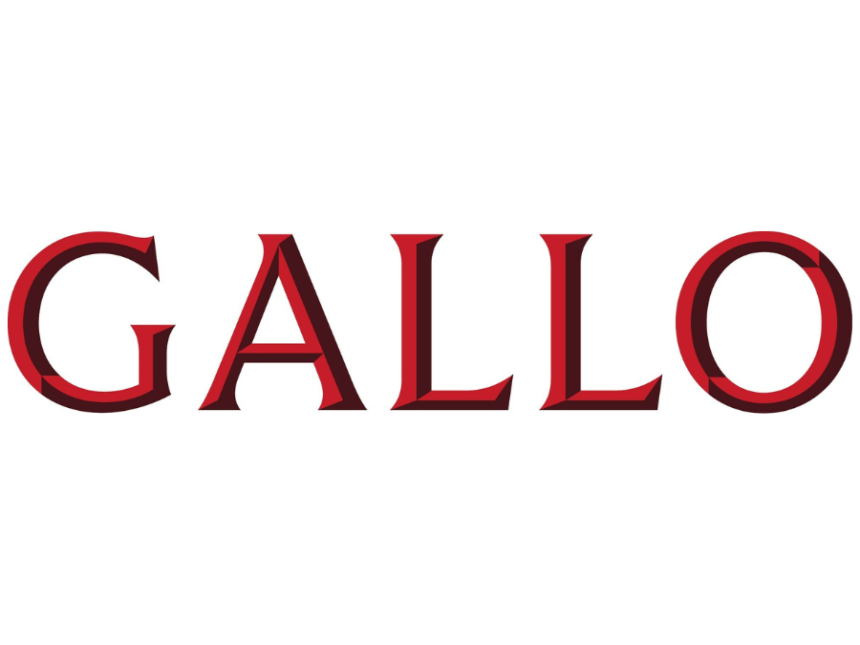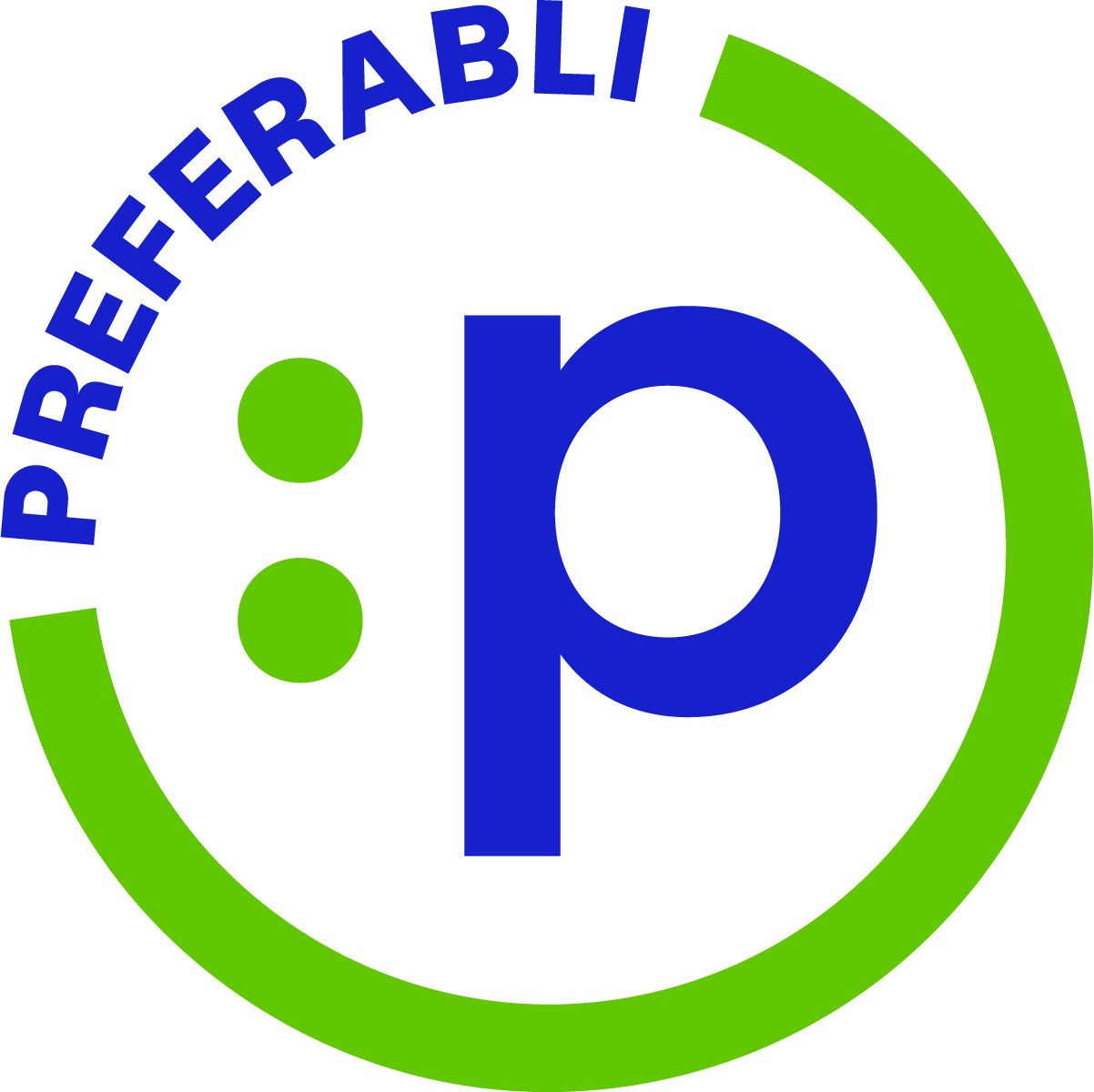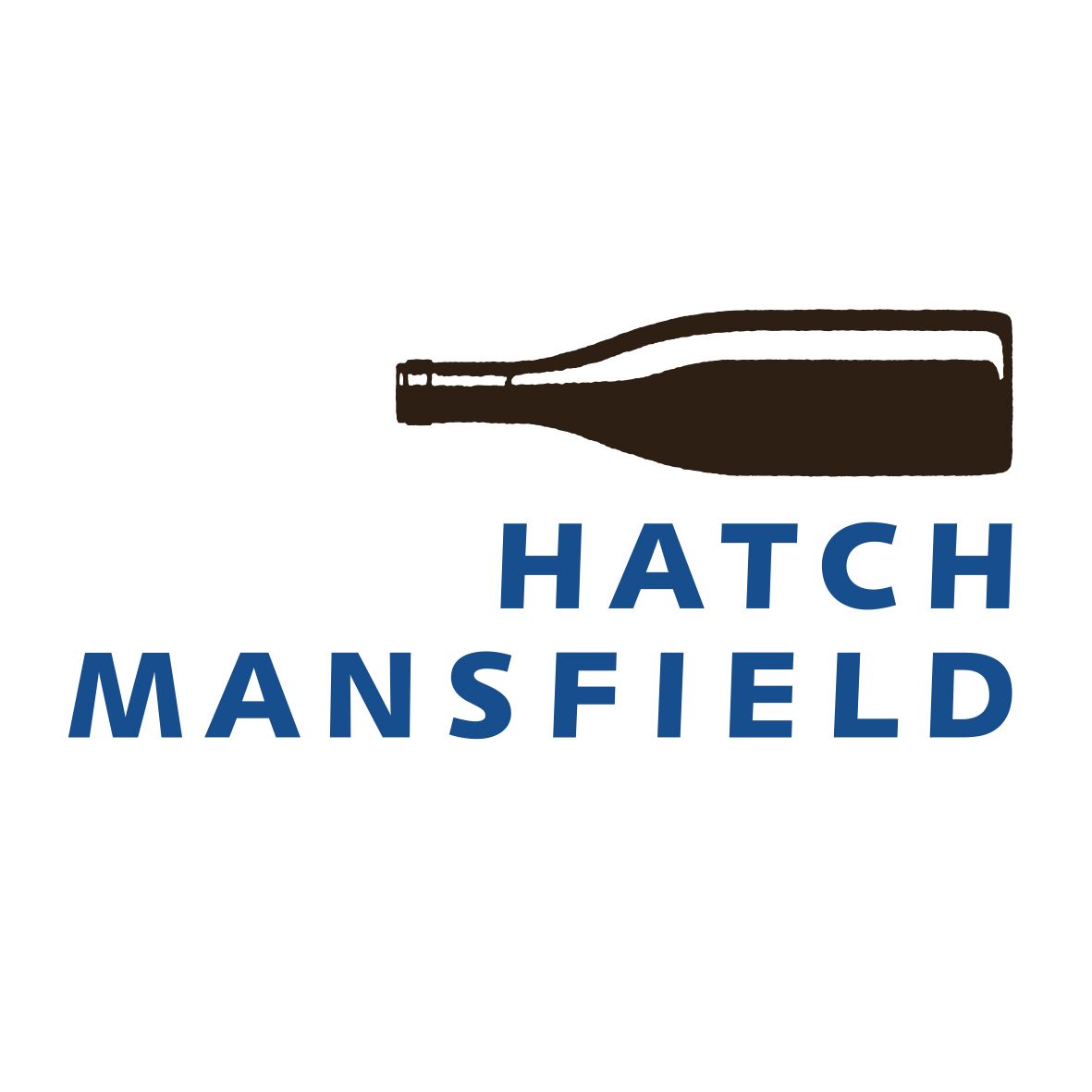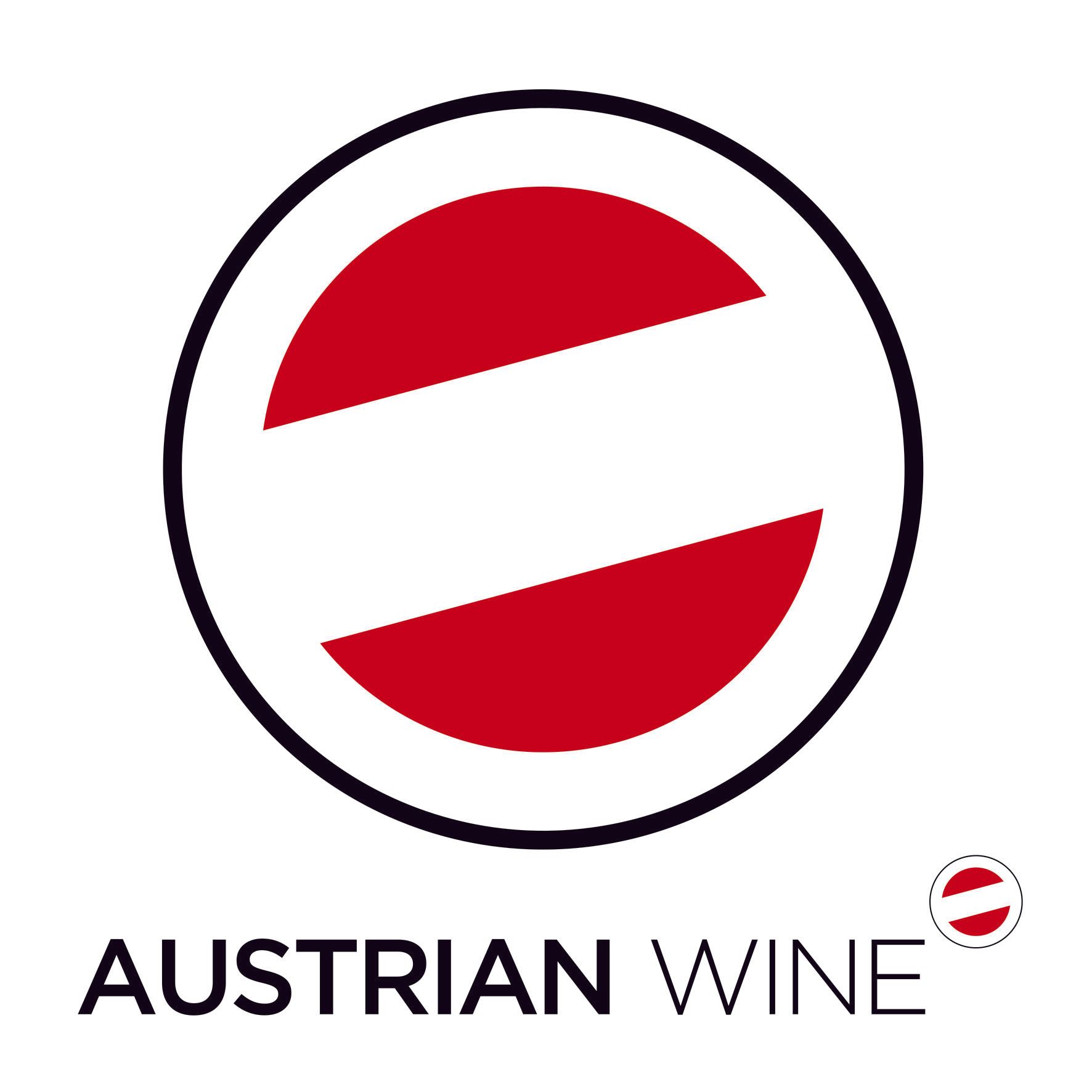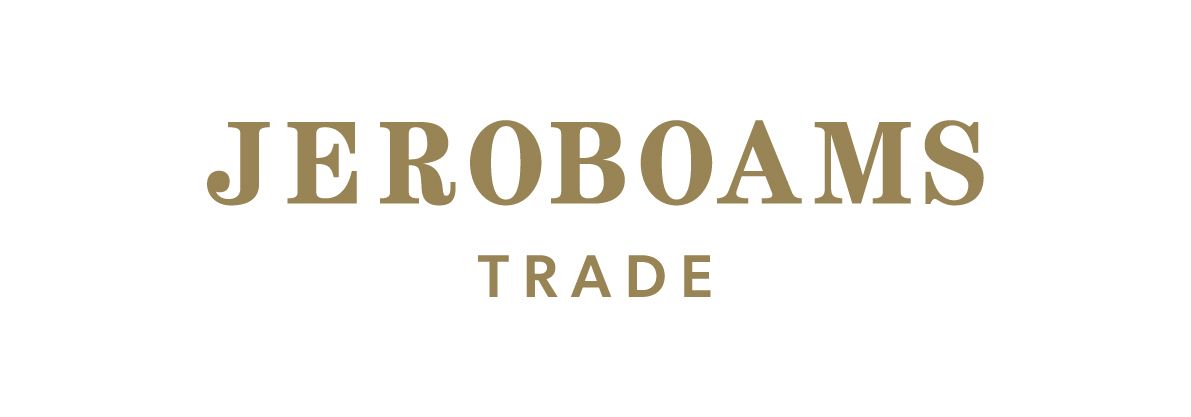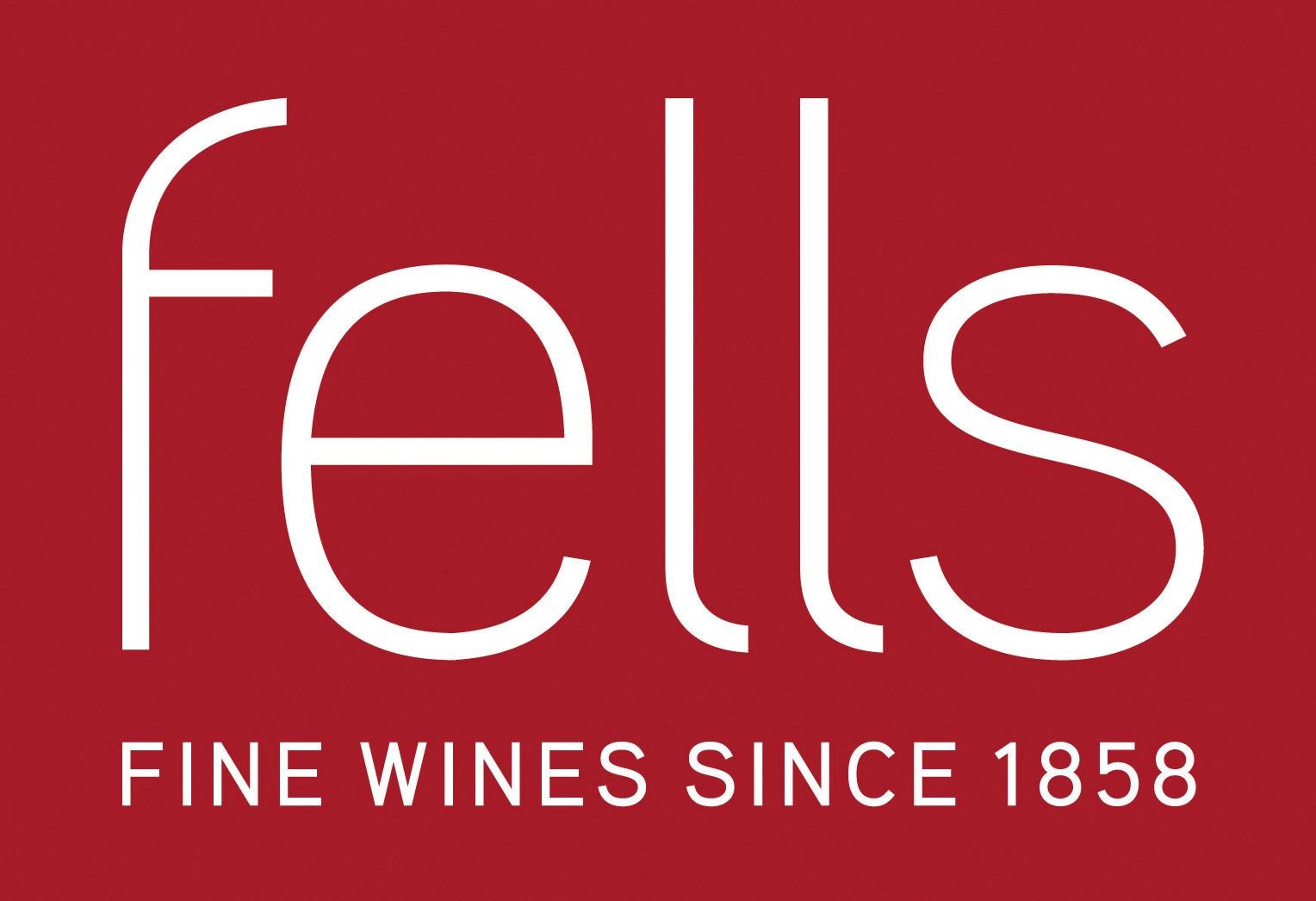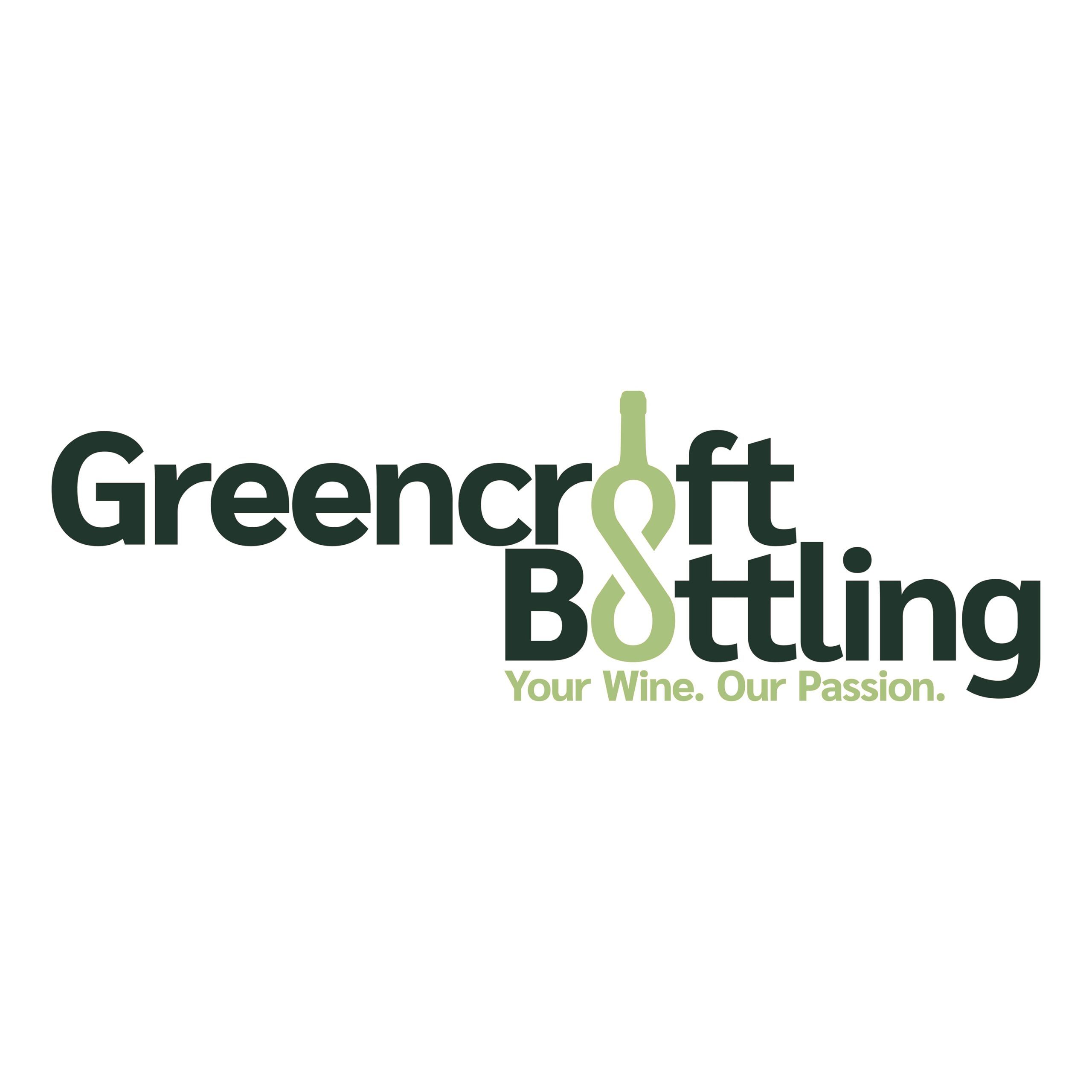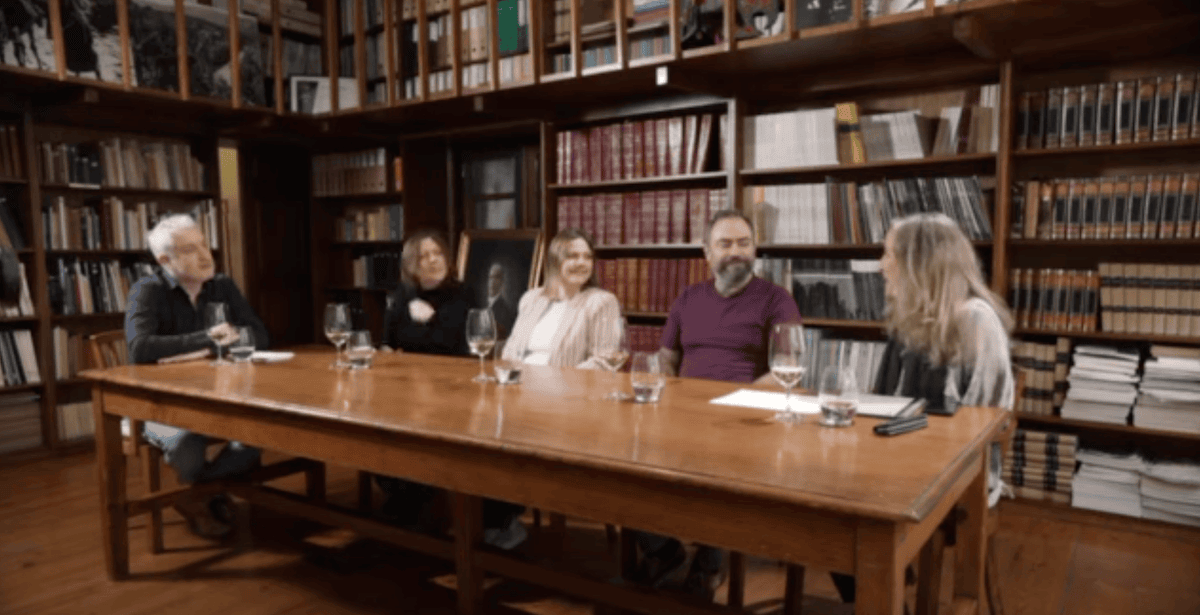Big names in wine can signal heritage, but they also carry assumptions. When those associations are linked to vermouth rather than fine wine, or when a historic brand name is reintroduced in a traditional appellation like Brunello di Montalcino, the context gets complicated.
Santiago Marone Cinzano, son of Count Francesco Cinzano and part of the 10th generation in a family long involved in wine and spirits, has launched his own project under the Conti Marone Cinzano label. Lot.1 is the first Brunello di Montalcino to bear the family name in over half a century. It is intended to reflect vintage-specific selection, analytical winemaking, and vineyard-level nuance.
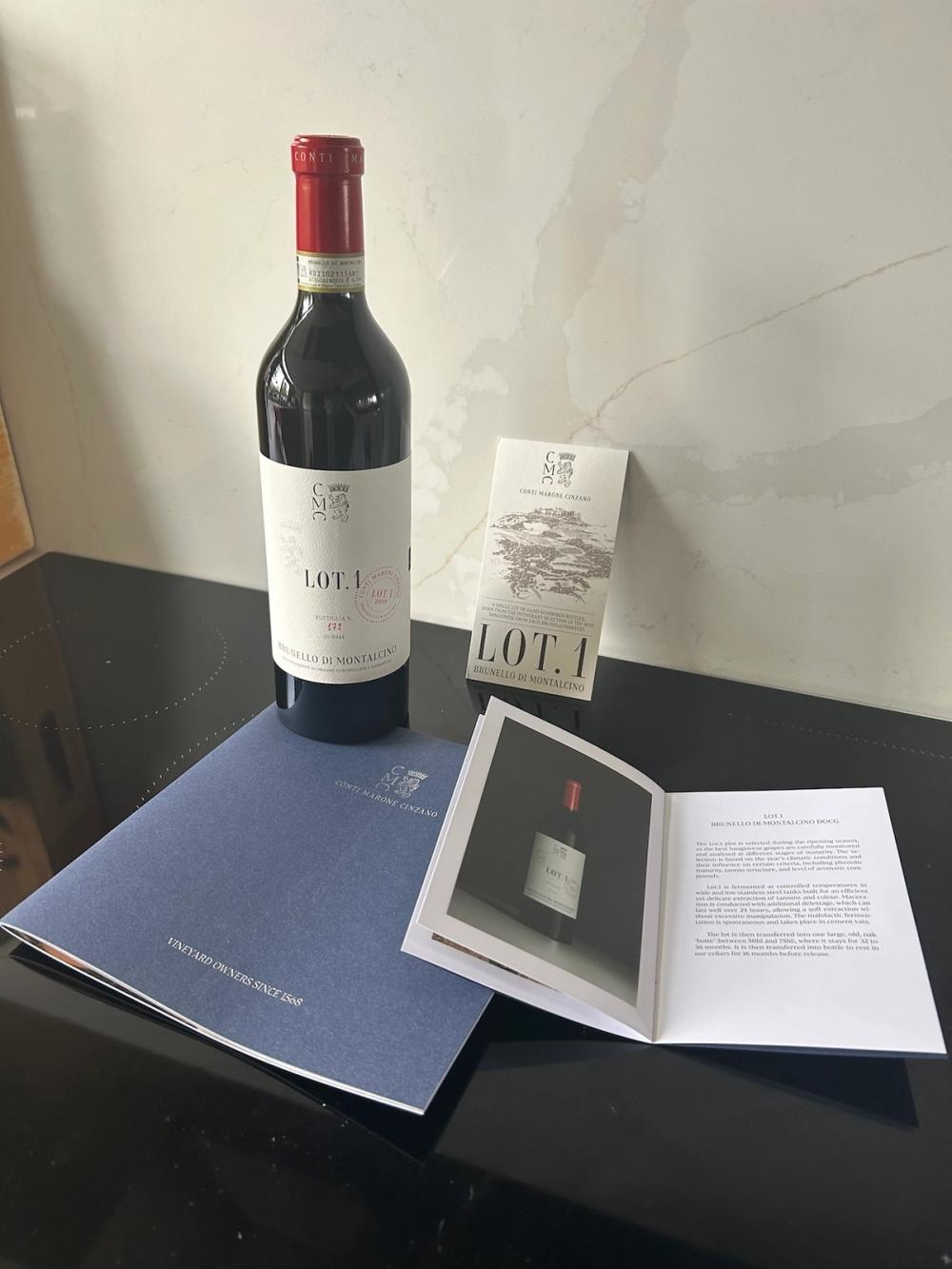
Marketing kit for Lot.1 - a wine that moves from fixed cru to vintage-by-vintage site selection
At just over 30, Marone Cinzano brings grounded pragmatism and generational energy to the project. Though initially trained in finance and briefly employed in the sector, he soon left that path. His father gave him a challenge: make a wine that sells and he could join the family winery.
Marone returned to Chile, where he had spent much of his childhood and created a rosé made from Mourvèdre– his first independent winemaking effort. It was hands-on, pragmatic learning: from vineyard to bottling, rooted in purpose rather than formal academic study. Reclaiming the right to use his surname – after a private negotiation with Campari Group, the brand’s current owner – was both a symbolic and personal milestone.
The effort came despite his father’s initial discouragement; Marone was told not to pursue it, with lawyers warning against conflict with a trademarked name now under corporate ownership. Undeterred, he arranged a meeting directly with the head of Campari, presented his case and secured an agreement: no legal interference. This decision allowed him to reclaim and re-contextualise the Cinzano name for a new generation of wine, with Lot.1 as its expression. It adds a layer of intent to a wine that seeks to balance identity with adaptation.
From fixed sites to floating selection
The Conti Marone Cinzano estate spans roughly 500 hectares, with 100 hectares under vine, all of which fall within the DOCG Brunello di Montalcino zone and are planted exclusively with Sangiovese. The family’s viticultural history includes five decades at Col d’Orcia, experience at Argiano, and early investment in Chilean viticulture. Today, the technical side of the project is led by the estate’s oenologist Dr. Donato Lanati, noted for his work with estates such as Giacomo Conterno and Giuseppe Mascarello.
The estate is also engaged in extensive Sangiovese research in collaboration with Italian universities such as the University of Florence. The identification of proprietary clones is ongoing work – such as CDO4, CDO5 and CDO6 – isolated from the Col d'Orcia estate.
The estate has moved away from monoclonal vineyard plantings, instead replicating massal selections from vines that demonstrate resilience in warm, dry vintages. This includes identifying vines that demonstrate better resistance to heat and drought stress and building new vineyards from massal selections based on real-world observations.
The core of the project is a rejection of the idea that a single plot on an estate will always yield the best Sangiovese. According to Marone Cinzano, analysis over the last decade showed that the best fruit each year came from a different part of the estate’s 100 hectares. As he puts it: “The best Sangiovese has come virtually from ten different plots in ten years.” Lot.1 is a direct response to this inconsistency, using vintage-by-vintage site selection as a means of adapting to the unpredictability of climate extremes.
The decision is driven by pre-harvest sampling during veraison, with close monitoring of aromatic precursors such as norisoprenoids – compounds not detectable in the fruit but released during fermentation. Monitoring these precursors, along with phenolic ripeness and acidity, enables the team to determine which plot holds the greatest potential each year.
This selection method is a clear response to the variability induced by climate extremes. While annual plot selection is not entirely unprecedented, Marone Cinzano’s explicit commitment to floating site designation and publishing it on the label remains rare in Brunello di Montalcino, where fixed vineyard identities tend to dominate top-tier releases.
Similar philosophies can be seen in producers like Jean-Marc Roulot in Meursault or Dominique Lafon, who emphasise nuance by adjusting site use year-to-year. Outside of Burgundy, wineries such as Ridge Vineyards in California and Felton Road in New Zealand have also employed adaptive micro-parcel strategies in response to vintage variation, though without necessarily declaring them on labels.
In Barolo, producers like Vajra and Roberto Voerzio have practised selective plot blending, albeit within more traditional cru frameworks. Late frosts, prolonged droughts and erratic rainfall have altered the once-predictable hierarchy of Montalcino’s vineyard sites.
The winemaking behind Lot 1
The 2019 Lot.1 Brunello di Montalcino was sourced from the Canneto vineyard, planted in 1999. Fruit underwent fermentation at controlled temperatures below 28°C in low, wide stainless steel tanks designed for gentle extraction. Maceration lasted 19 days. Malolactic fermentation was spontaneous, and the wine spent 36 months in 75hl Allier oak botti, including casks from Stockinger. The focus was on maintaining freshness while achieving a higher-than-average degree of tannin polymerisation (50%) prior to bottling – above the typical range for Brunello di Montalcino, which usually falls between 38% and 42%.
This detail is significant: higher polymerisation translates to softer tannins at bottling but also depends heavily on initial grape ripeness and controlled oxygen exposure during ageing. The wine was bottled in August 2023 and will be released in January 2025. Only 9,944 bottles were produced in 2019, with future vintages expected to range between 5000 and 9000 bottles depending on site and season.
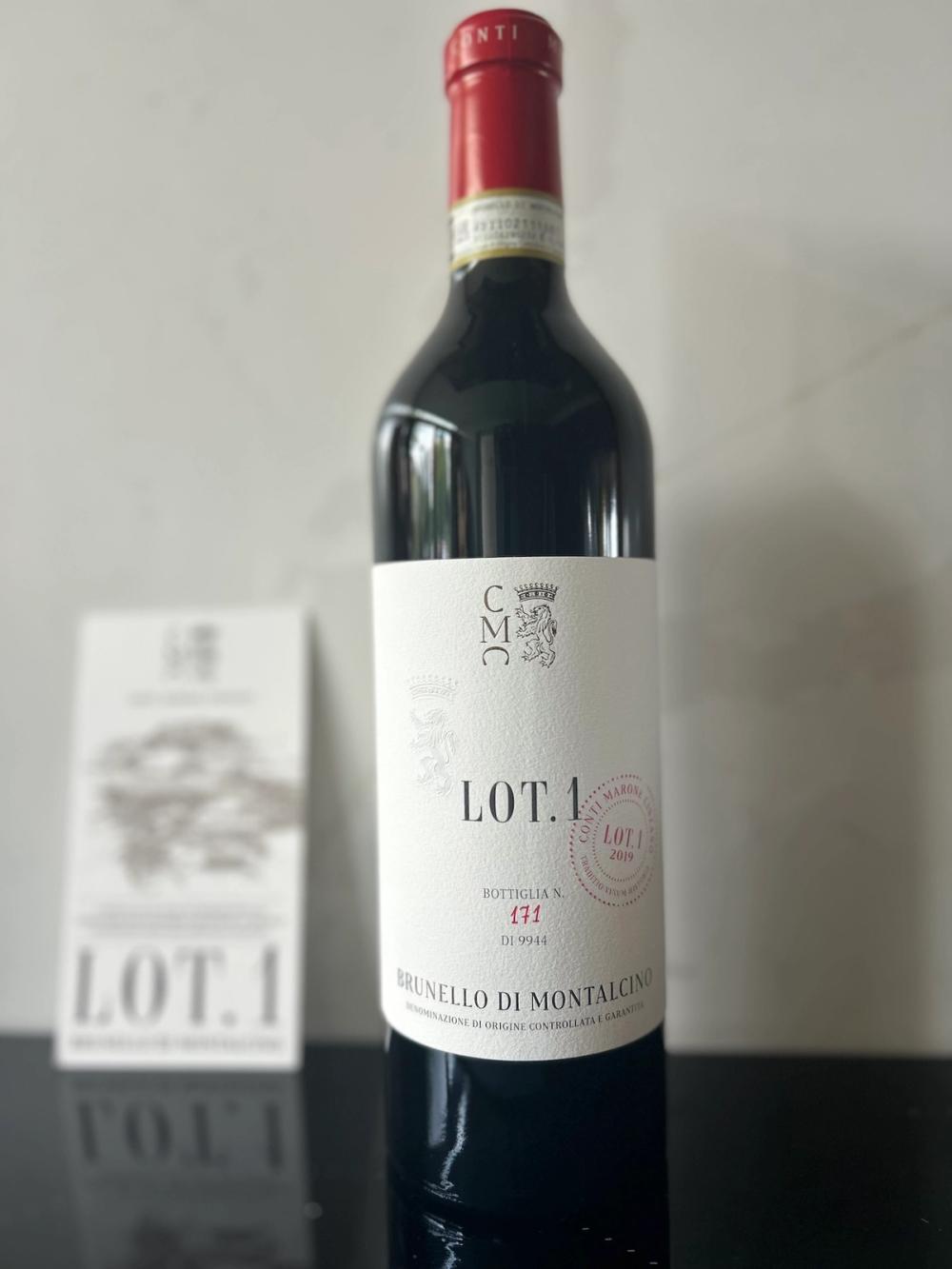
Lot.1 character
The 2019 still in its infancy, shows red fruit and violet on the nose, with notes of graphite, dark chocolate, and tomato leaf. The palate has structured acidity and fine tannins, carrying through with umami and spice. Elegantly balanced between precision and generosity, with a vivid, linear profile and a long, mouthwatering finish. Alcohol is 14.5%, which, for the vintage, is in line with current expectations and reflects a balance between ripeness and restraint. Like its creator, the wine is focused and energetic.
Nature and nurture
The estate is certified organic. Biodynamic methods are applied selectively and described as a tool rather than a guiding philosophy. Preparation 500, for instance, is used more intensively on sandy soils with low organic matter, while composting is widespread across the estate. Marone Cinzano confirmed that Demeter certification is under consideration for the vineyard but unlikely for the cellar, given the scale of Col d’Orcia’s overall production.
Older vineyards - some up to 45 years old - are not routinely uprooted. Instead, they are preserved through gradual renewal, reflecting Marone Cinzano’s belief in the complexity older vines bring.
“For a wine with a certain level of complexity and concentration, we’re always going for vines that are at least fifteen to twenty years old,” he notes.
When individual vines become unproductive, they are replaced using massal selection from adjacent healthy vines. “We cut from the plant right next to the one we’re substituting,” he explains.
This slow replanting approach maintains the vineyard’s genetic identity while allowing a blend of younger vines bringing freshness and older vines providing depth, to coexist. “This allows you to bring on a vineyard virtually forever,” he adds.
Chile also played a formative role in the estate’s viticultural approach. Marone Cinzano spent his childhood there and later returned to launch his first wine. He observed that local farmers followed biodynamic principles guided by generational knowledge. “They hadn’t read Steiner, but they knew when the moon was right,” he said. “It was always about listening to nature – Pachamama, as they say. That stayed with me.”
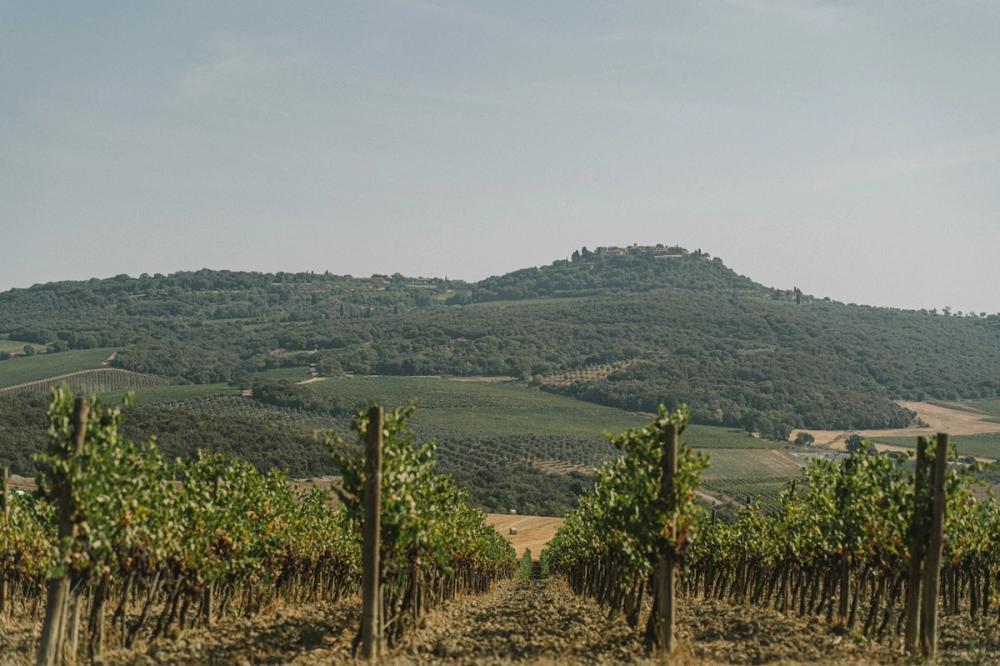
The hill of Montalcino seen from the vines of Conti Marone Cinzano
Brunello without borders
The 2019 is the first vintage launched of the Lot.1. The wine enters a crowded Brunello di Montalcino field with an ambitious domestic price point (€190). While it lacks the historical weight of long-established labels, it brings academic and analytical rigour to site and vintage selection. The project is small-scale by design and is intended to be differentiated by its combination of annual site selection, analytical profiling, and traditional vinification techniques. Distribution has begun in Italy, France, Sweden, Japan and the UK (Humble Grapes), with plans for broader market penetration.
Lot.1 does not seek to reinvent Brunello di Montalcino, but rather to refine its expressive potential under evolving climatic and environmental conditions. Rather, it reflects one winemaker’s response to variability in vineyard performance and climate pressure. It is analytically informed and technically executed, without breaking from DOCG constraints or stylistic expectations. Its success will depend not only on vineyard performance but on whether the trade and market see value in the shift from fixed cru to annual selection as a marker of quality.

